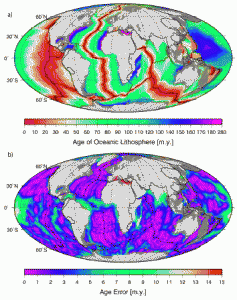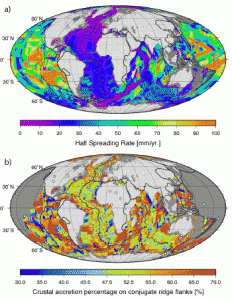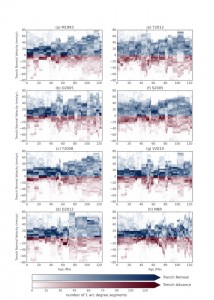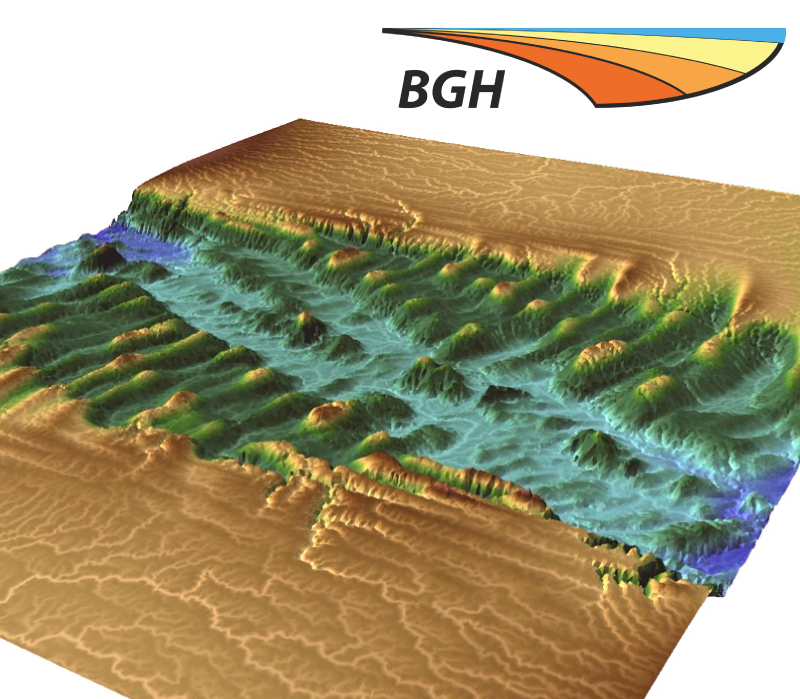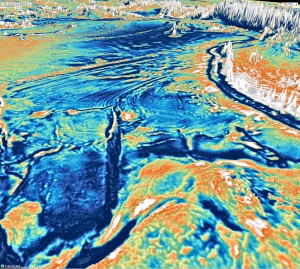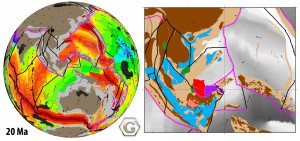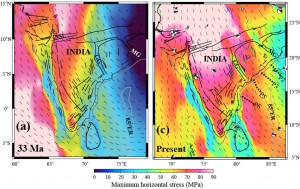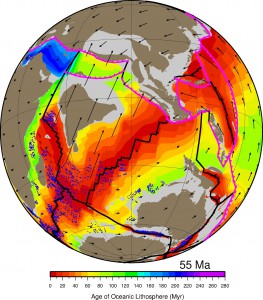 Citation
Citation
Gibbons, A., Zahirovic, S., Muller, R.D., Whittaker, J., and Yatheesh, V. 2015. A tectonic model reconciling evidence for the collisions between India, Eurasia and intra-oceanic arcs of the central-eastern Tethys. Gondwana Research FOCUS, doi: 10.1016/j.gr.2015.01.001.
Summary
Despite several decades of investigations, inferences on the timing and nature of collisions along the Mesozoic–Cenozoic Eurasian margin remain controversial. We assimilate geological and geophysical evidence into a plate tectonic model for the India–Eurasia collision that includes continuously– … Read more…


